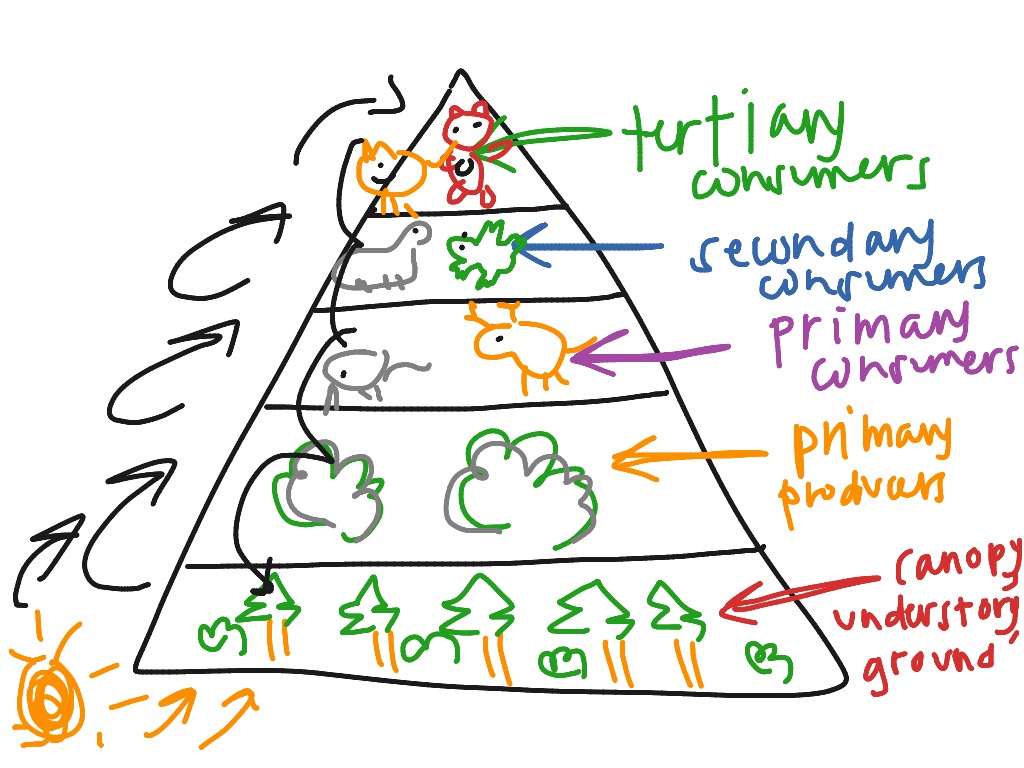Temperate Forest Biome Biology Diagrams Bears as Apex Predators Defining an Apex Predator. An apex predator is an animal at the top of the food chain, with no natural predators in its ecosystem. Bears, particularly species like the polar bear and the grizzly bear, often occupy this role.Their size, strength, and intelligence allow them to hunt a variety of prey and defend themselves against most threats.

In the temperate deciduous forest, primary producers form the foundation of the ecosystem, harnessing sunlight to create energy through photosynthesis. These organisms, primarily composed of a diverse array of trees, shrubs, and ground vegetation, play a significant role in supporting the forest's intricate food web. Examples in the deciduous forest food web are bears, hawks and large snakes like the anaconda. Decomposers. Decomposers like earthworms, bacteria, fungi and insects take care of the dead plants and animals in the deciduous forest. They break them down into smaller and smaller parts which ultimately creates new soil. The food web continues as

Food Chains In The Deciduous Forest Biology Diagrams
Explains what food webs are, and follows an American black bear, a gray wolf, a great horned owl, a Canada lynx, and a bald eagle as they weave food webs in a North American temperate forest. Includes descriptions and photographs of various temperate forest plants and animals Includes bibliographical references (pages 61-62) and index

Temperate Rainforest Food Chain. Producers in the temperate rainforest include canopy conifers like firs, cedars, hemlock and spruce, as well as understory vines, maples and dogwoods, and forest floor mosses, ferns and shrubs. First order consumers in the temperate rainforest range from chipmunks, squirrels and mice to salmon to insects to

Temperate Rainforest Food Web Biology Diagrams
A food chain models the transfer of energy through a biological community. Most food chains have four or five links, with each link representing a feeding step. Organisms are placed into a food chain according to their energy source. The organisms are part of a desert or temperate forest community, and each organism is part of a five-level The Producers. The producers of food in a deciduous forest are the trees and plants that convert sunlight to mass and stored energy. These plants subsequently become the basic food source for the consumers above them in the food chain: for example, insects, birds, rodents and deer eat the leaves and other parts of the plants, taking on their stored energy as sustenance. This is a Temperate Rainforest Food Web.See if you can identify all the parts of the food web that make this a functioning, healthy ecosystem. Look for: The Producers - trees, shrubs and grass. The Primary Consumers - snowshoe hare, mice, voles, chipmunks, deer, seed-eating birds. The Secondary Consumers - owls, bobcat, bear. The Scavengers - mushrooms, fungus, insects, raccoon

